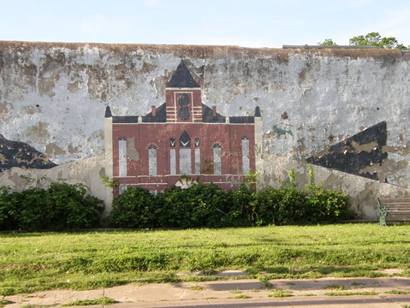Cooper, Texas, Delta County seat. (original) (raw)
Delta County Seat, North Central Texas
33� 22' 22"N, 95� 41' 21"W (33.372778, -95.689167)
Highways 24 and 154
A few miles N of Cooper Lake
24 miles SW of Paris
76 miles NE of Dallas
94 miles W of Texarkana
ZIP code 75432
Area codes 903, 430
Population: 1,911 (2020)
1,969 (2010) 2,150 (2000) 2,153 (1990)

History in a Pecan Shell
In 1870 the Texas legislature voted on a bill for the creation of Delta County. One of the sponsors for this bill was L. W. Cooper of Houston and it was Cooper the county seat was named after. The town was granted a post office the following year and Cooper incorporated in 1881. The population in 1885 was 300.
Further growth was enhanced by the construction of the Texas Midland Railroad. By 1896 Cooper had an estimated population of 1,000 with two churches and all the essential businesses a growing town needed including two feed mills, two cotton gins, two blacksmiths and two weekly newspapers. The town also supported an unheard of (even for a county seat) seven general stores. Since the rest of Delta County was made up of smaller towns, Cooper's growth continued for years. Its high-water mark was reached in 1925 when 2,563 people called the town home.
The population predictably declined during the 1930s, grew somewhat after WWII and underwent another decline in the 1980s. It reached 2,349 in the early 50s and went nearly unchanged for the next 20 years (2,258 in 1970).
The former railroad depot is now in use as the Delta County museum.
Cooper, Texas Landmarks / Attractions ›
Cooper Chronicles ›
Cooper, Texas Landmarks/Attractions
Three Photographers' Visits
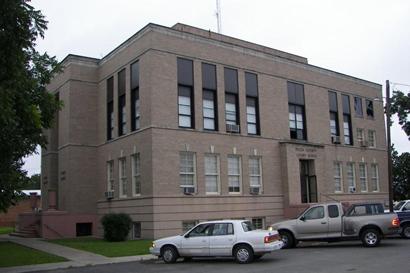

Historical Marker: 700 W. Dallas Street
Cooper Rail Depot
Built in 1913, this Spanish Revival style brick depot for the Texas Midland Railroad serviced the town of Cooper and Delta County. While the railroad dealt mainly in freight, the depot focused on facilitating passenger service, functioning as a stop along the 130-mile route of the line between Paris and Ennis. It remains a rare example of surviving Texas Midland Railroad structures, being one of only two remaining depots from that line still standing.
Commonly seen in smaller rural communities throughout the United States during the late 19th century, the arrival of the railroad in 1895 brought a dramatic increase in population and commerce to the isolated town of approximately 300 residents. The following year saw Cooper's population grow to more than 1,000 and for the next three decades the population steadily increased until it peaked with 2,563 residents in 1925.
The Great Depression and cessation of Texas Midland operations in 1934 thwarted the growth of Cooper. The population remains relatively steady to this day. The depot remained vacant from the closing of the Texas Midland rail line until World War II. Following the United States' entry into the conflict, local resident Harry Patterson established a cannery operation within the building. Workers canned chicken here that was sent overseas as part of troop rations. Cans originating from the Cooper depot cannery carried the stamp '4P' for identification purposes. Following the end of the war, Depoyster Lumber Company briefly set up operations on the property until relocating in 1967. That year, Harry Patterson purchased the depot and dedicated it as a local history museum to showcase the heritage of Cooper and Delta County.
Recorded Texas Historic Landmark - 2014
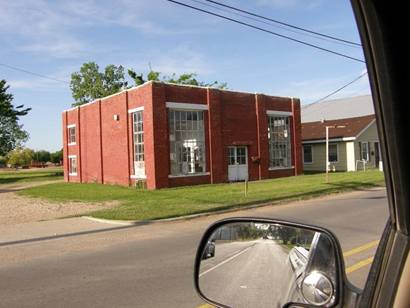
Historical Marker: Main & B-24
First National Bank
Oldest bank in Delta County. Founded 1889 as private firm operating in a grocery store. Chartered as a national bank 1891. Erected this building 1909. Guaranty State Bank merged with First National 1925. This bank has had continued growth. The founder, Wm. J. McDonald (1844 - 1926), at his death left a great fortune to establish an astronomical observatory of the first order - the McDonald Observatory, in West Texas.
Recorded Texas Historic Landmark - 1966


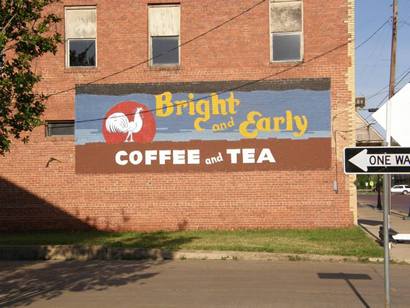
Bright and Early Coffee and Tea
Photo courtesy Barclay Gibson, April 2009

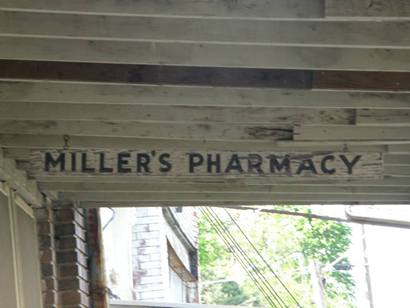
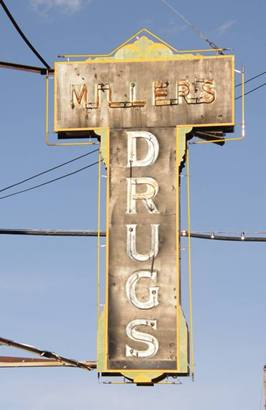


Historical Marker: FM 1529 South, Cooper
Oaklawn Cemetery
THE FIRST BURIALS IN THE CITY OF COOPER WERE MADE ON A HILL WEST OF DR. J.A. BLACKWELL�S OLD HOME. THE FIRST BURIAL WAS BELIEVED TO HAVE BEEN THE YOUNG DAUGHTER OF DR. R.C. ANDREWS. THE SITE SOON BECAME UNDESIRABLE AND LAND WAS SOUGHT ELSEWHERE. IN 1891, MR. ASA WHITE DONATED FIVE ACRES FOR A CEMETERY. MOST OF THE PEOPLE BURIED IN THE OLD COOPER CEMETERY WERE MOVED TO THIS LOCATION. THE OLDEST EXISTING MONUMENT IS THAT OF MARY CUMMING (1791-1881). THE INDEPENDENT ORDER OF ODDFELLOWS ORGANIZATION CARED FOR THE CEMETERY AND PURCHASED ADDITIONAL LAND UNTIL THE OAKLAWN CEMETERY, INC. WAS CHARTERED ON NOV. 17, 1959. THEY CONTINUE TO CARE FOR THIS HISTORIC COMMUNITY BURIAL GROUND.
HISTORIC TEXAS CEMETERY � 2009

Historical Marker: on CR 1010
Yates and Methodist Protestant Cemeteries
George Yates (1807-1886), his wife Mary Polly Wallace Yates (1809-1886), and their family migrated to Texas in 1846. They settled in an area of the newly-formed Hopkins County that would later become part of Delta County. George Yates raised livestock on the 976 acres of land he owned. Mary Yates, the 15-year-old daughter of George and Polly Yates, died in 1855. She was buried here on a hill near their log house. Her grave marks the origin of the family and community graveyard called The Yates Cemetery. Over the years, thirteen burials took place; the last was that of William Henry Chesnut, who died in 1923.
In 1887, G. L. Harper and his wife Emily Frances Yates Harper deeded one-half acre of land to the Methodist Protestant church for a graveyard. The donation included the Yates Cemetery measuring one-fourth acre, which was given back to the family in 1901. Dr. D. T. Robinson and his wife, Eliza Robinson are buried west of here; theirs are the only makred graves at this site. Although two other graves are known to exist, it is believed there are several more unmarked graves. Both cemeteries are maintained by descendants of those buried here.
(1996)
Historical Marker: FM 1528 and 2068, about 8 miles SW of Cooper Old Union Cemetery
(0.75 mi. S)
This graveyard served the farm and ranch communities of Gough, Yowell, and Antioch. The earliest recorded burial is that of W. H. Henderson in 1859. The cemetery contains more than 90 marked graves mostly arranged in family plots. Buried here are many of the area's earliest settlers and their descendants and at least three veterans of the Civil War: T. J. Hollon, Hiram G. Wynn, and T. J. Craig. The last recorded burial was that of Georgia Missouri Hollon in 1946. A cemetery association was established in 1947 to maintain and improve the grounds.
1994

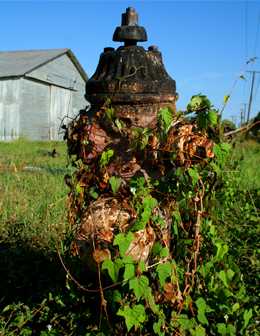
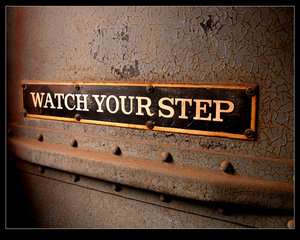
"The roads around the old courthouse square in Cooper are paved with red brick. The current courthouse is actually one block west of the square. This gazebo sits on the foundation of the 1900 courthouse."
- Terry Jeanson, June 2007
Cooper, Texas Chronicles:
- The Smith Brothers
by Bob Bowman ("All Things Historical")
Four brothers from Delta County lived with an ordinary name in the mid-1800s, but they were far from ordinary... In 1968, the Texas Historical Commission erected a state historical marker to the Smiths' legacy on a site three and a half miles west of Cooper beside Texas Highway 64. - Delta County Courthouses
Historical Marker: 600 SE First St. Original Site of East Texas Normal College
Founded 1889 by W. L. Mayo (1861 - 1917), a teacher educated in Kentucky, Virginia and Indiana, who came to Pecan Gap, Texas in 1886. He was a native of Kentucky. He attracted a strong faculty to college on this site. A young teacher he soon married was a capable business manager. A high board fence enclosed campus here. The one building (T-shaped, 2-story, typical of its era, with porches upstairs and down), housed a dynamic school until razed by fire in 1894. Mayo was given aid to rebuild in Commerce; school survives as East Texas State University.
Recorded Texas Historic Landmark - 1967
Texas Escapes, in its purpose to preserve historic, endangered and vanishing Texas, asks that anyone wishing to share Cooper history, stories, landmarks and recent or vintage photos, please contact us.

